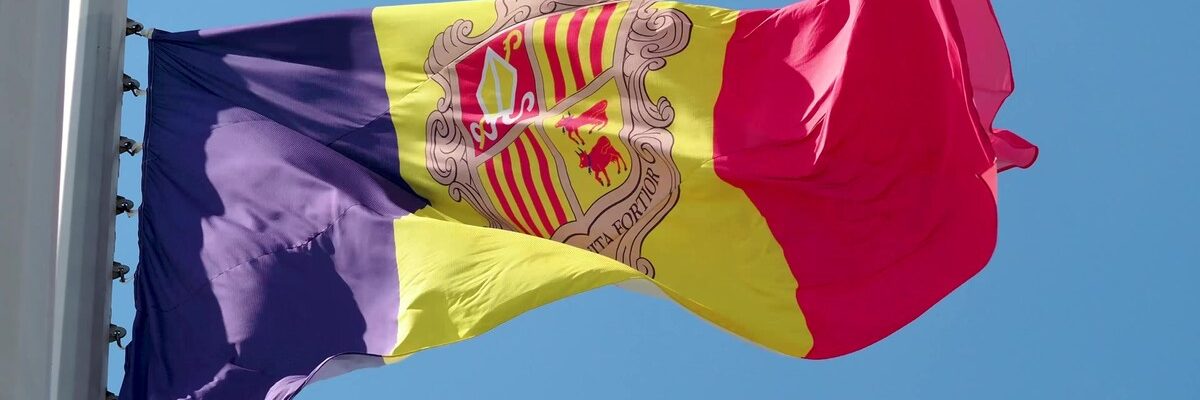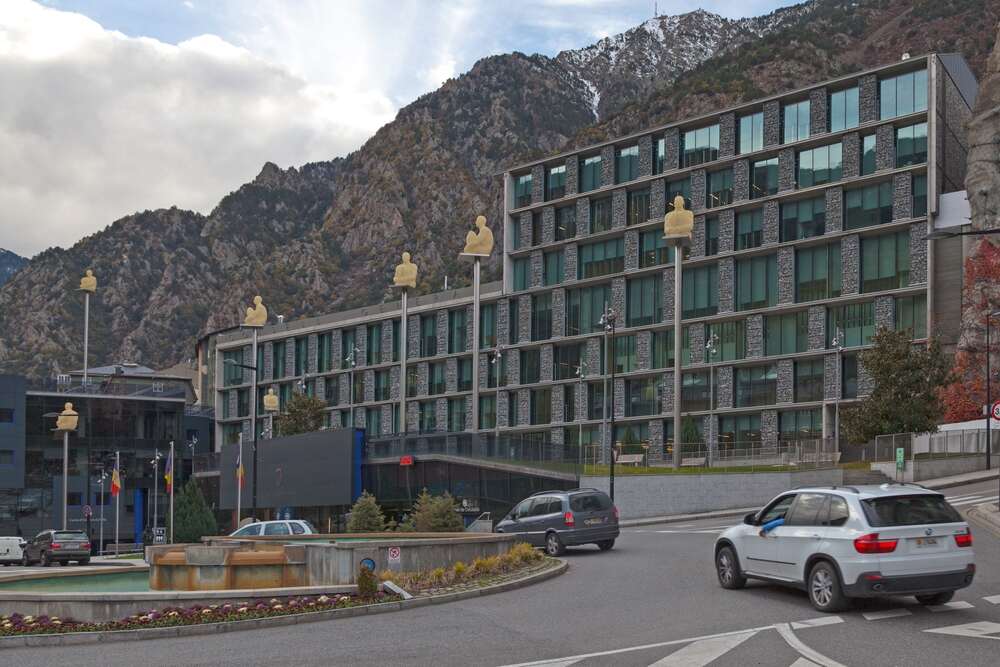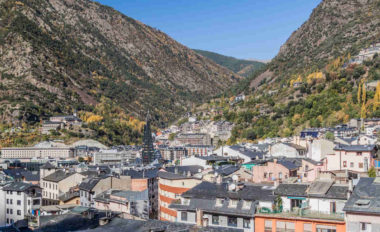
Country history – who runs Andorra
Andorra is a small sovereign country in Europe with a long history. Established on approximately 468 km2, the principality has had a history that has given it a particular organization. It has been marked by many confrontations that have had an impact on the system in place today. Various questions come up about Andorra and can sometimes create confusion. With a rather particular governance, more and more people are wondering who really runs the principality. If you are also wondering, we will explain everything in detail here.
Andorra's leaders: two co-princes
Andorra is a country that surprises, but is at the same time admired for the way it works. It is a rather well-organized parliamentary co-principality. In fact, the principality has two rulers, that is, ten heads of state. They are called co-princes and govern since the struggles for sovereignty of the country. After a long confrontation between the Count of Foix and the Bishop of Urgell, an agreement will be found between the two men.
They decided on the sovereignty of Andorra through the signing of conventions in 1278 and 1288. These agreements established their co-lordship over the country and established laws. Later in history, the status of co-prince of Andorra, which was that of the County of Foix, reverted to the French crown. The title would eventually revert to the French Republic and thus to its president. On the other hand, the Bishop of Urgell has remained for all these years the episcopal co-prince.
The co-princes of Andorra are therefore the President of the French Republic and the Bishop of Urgell, as established in the 1993 Constitution. In the course of their duties, they must call general elections. They are also responsible for the accreditation of diplomatic representatives and the promulgation of laws. Each of the co-princes has the possibility to appoint a representative to the High Council of Justice, but also to the Constitutional Court. In the same way, each one chooses a representative who allows him to be informed and to follow the files related to the principality.

How is the government managed in Andorra?
The Andorran government consists of the head of government and the ministers. The head of government is in charge of all national and international policy. At one time, this task was entrusted to the co-princes. The government has executive power and is also responsible for the administration of the state. It is responsible for drawing up the general budget each year.
This is submitted to the General Council, which is the equivalent of the National Assembly, for a vote. The government organizes and directs the various state services throughout the principality. The head of the Andorran government represents the executive power and ensures the smooth running of the country. He is appointed by the co-princes, but must then be elected by the general council.
It is not possible to hold the position of head of government for more than two consecutive terms. The head appoints the ministers who are to work with him or her throughout the term. The principality is divided into 7 parishes, which are in reality communes.
The parishes are administered by bodies called "comú". These are the ones that validate and take care of the execution of the communal budget, but also of the realization of public policies.

Elections in Andorra
Like various aspects of its organization, the Principality of Andorra has a rather particular system. This can be observed even with regard to elections. The country has a unicameral parliament which is called the general council with 28 seats available. The council members are elected every 4 years by direct universal suffrage. Half of the seats are obtained through a multi-mandate majority vote in 7 electoral districts.
Each of these has 2 seats and represents the parishes of the principality. The other 14 seats are obtained through a proportional multi-member constituency system. A closed list is put forward in a single electoral district. To distribute the votes obtained, a count is made with the method of the “strongest remainder”. Each voter fills in 2 different ballots for a parallel election. It is not possible for candidates to be registered on a parish list and at the same time on a national list.



